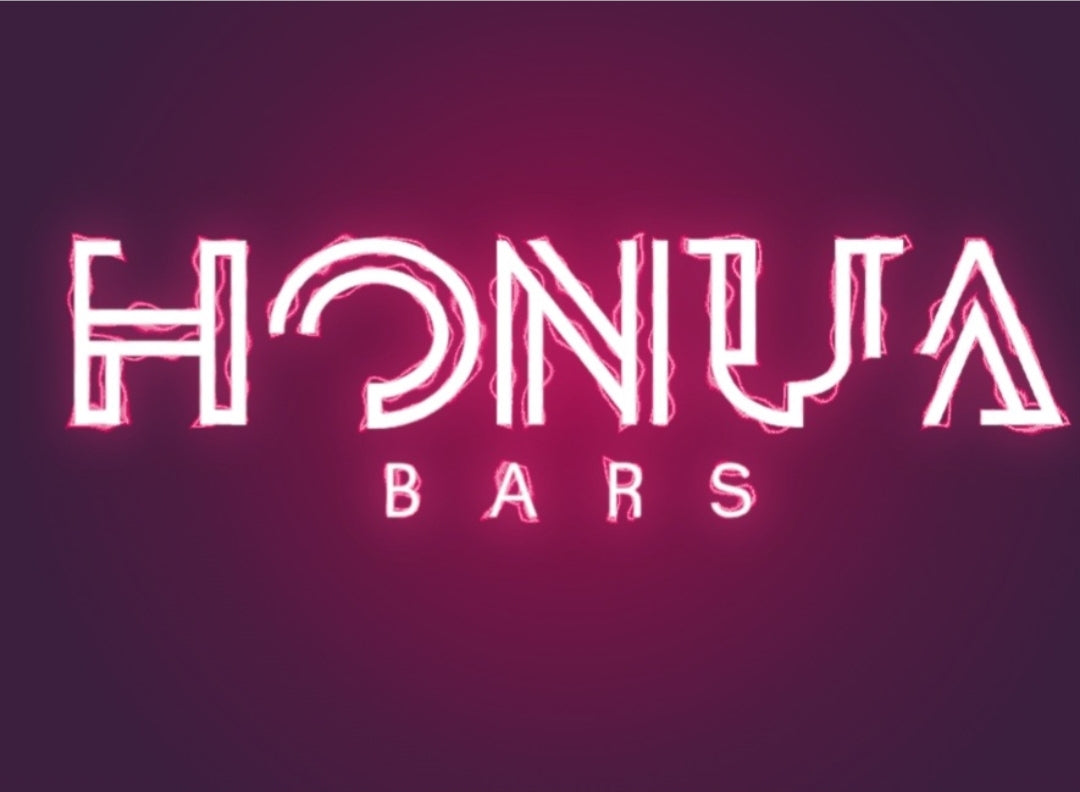What does Soap Free mean?
How to spot the real OG's from the soap-based pretenders!
There are two types of shampoo bar being marketed; soap-based and non-soap. A soap-based shampoo bar is simply soap, so it's not really shampoo at all. Honua Bars are proudly non-soap.
What's the difference between shampoo and soap?
Soap is made in a process called saponification, where oils or butters are reacted with lye. This resulting product is a strong cleanser which is great for cleaning skin, but it has a pH far too high for the hair. Shampoo has a much lower pH and contains milder cleansers, which break up grease and dirt on the hair and scalp gently, so they can be washed away with water.
Within shampoos a range of different surfactants can be used with differing levels of strength; some are stronger cleansers like SLS (which can be harsh for those with sensitive scalps), and some are milder like SCI and SLSA.
How to spot a soap-based bar: watch out for ingredients lists that include mostly oils, butters, and sodium hydroxide (aka lye or caustic soda). If you use soap to clean your hair it will result in open cuticles, leaving your hair vulnerable to tangling, breaking and damage in the long run. (Cuticles are the overlapping scales on the hair shaft)
The thought behind these soap-as-shampoo bars is that if you get rid of as many chemicals as possible then it will be better for you. (Let's not forget that soap is in fact created by a chemical reaction!) However we cannot simply dismiss all chemicals with a complex sounding name. The maxim “It’s not safe if you can’t pronounce it” may be catchy, but it’s not a good way to vet things. Everything is made up of chemicals—water, soil, plants, animals and humans.
Not all chemicals are inherently dangerous or unnatural. There are plenty of gentle surfactants out there (like the ones in Honua Bars) that are extremely mild on your hair, and will do a far superior job of keeping your hair healthy vs soap.
It is much cheaper to make soap than shampoo. Despite this, some companies will then stick a $22 price tag on their soap bar masquerading as a shampoo, for the privilege of damaging your hair. No fair!
Skin is alive and can rebalance its pH back to mildly acidic after soap, but hair is dead and cannot bounce back in the same way.
pH measures acidity/alkalinity from 1-14. Hair and the sebum on the scalp has a slightly acid pH of around 4.5-5.0 and skin around 4.7-5.75. The majority of soaps have an alkaline pH within the range of 9-10.
It doesn’t matter that soap has a pH of around 10 when it comes to cleaning the skin, because the skin can quickly regain it’s acid mantle (a thin protective film on the skin) via secretions from our sweat and oil glands. However if you wash hair with a pH10 soap then sure it will get clean, but it will leave the cuticle cells open and expose the hair shafts, leaving them prone to damage.
3 things a good shampoo does that soap doesn’t:
- Cleanse the hair gently: A shampoo formulated with gentle surfactants will remove dirt and soil from the hair and scalp, without being too harsh and removing beneficial lipids on the hair.
- Close the cuticle: The cuticle is the outermost layer of the hair and resembles roof tiles. If the tiles are nicely closed or laid down, they protect the underneath surface. A good shampoo will make sure that cells of the cuticle are laid flat, thus protecting the underneath layers from damage.
- Balance pH of hair: Hair needs a slightly acidic pH in order for the cuticle to be closed down, and to decrease the static electricity which causes tangles and damage to the hair.
In summary, don’t fall into the trap of these ‘all natural shampoo’ bars that are really just soap. Read the ingredients before buying because it will not be clear from the packaging; they’re not going to advertise the fact that it is just soap!
Hint: If you see Sodium Cocoyl Isethionate as the top ingredient then you're onto a winner; this is the most popular mild primary surfactant for real shampoo bars. Most real shampoo bars these days will also prominently state that they are non-soap or soap-free on the packaging.
Still reading? Congratulations, you’ve levelled up and can go share your newfound shampoo formulation know-how with your friends. Knowledge is power; you go girl!
Further Reading:
https://www.schoolofnaturalskincare.com/solid-shampoo-bars/
https://knowledge.ulprospector.com/8746/pcc-how-does-shampoo-ph-affect-its-performance/

